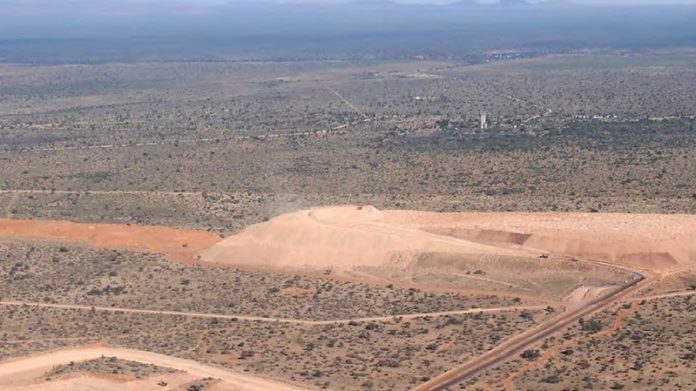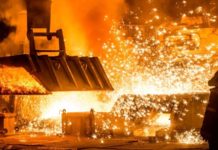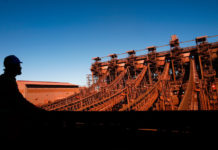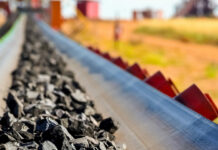
FOR a startling example of how opaque and even unfriendly mining regulations have hampered economic development in South Africa, look no further than the case of Aquila Steel’s Avontuur manganese prospect.
You have to go back about six years to a prospecting dispute involving Aquila and the Department of Mineral Resources (DMR), regarding Gravenhage – a valuable manganese prospect situated at the top portion of Avontuur in the Northern Cape.
The dispute was a complex one that eventually wound up in the Constitutional Court pitching the rival claims of Aquila against Pan African Mining Development Corporation (PAMDC), a shadily composed multi-government ‘agency’ that alleged it had acquired the prospecting right over Gravenhage first.
As it turned out, the Constitutional Court found in favour of Aquila in which Chinese firm Baosteel is an 85% controlling shareholder. The legal battle was a torturous process of twists, turns and delay. A few reputations also got toasted in the process, not least of which was former mines minister, Ngoako Ramatlhodi, found to have incompetently overseen the dispute process, according to a High Court ruling. But that’s another story.
Now, however, the mining right over Gravenhage has been finally awarded to Aquila which is now looking around for an adviser that can help it assess potential partners to help it develop a mine on Gravenhage.
To put this in perspective, this is new investment worth $200m (based on Aquila’s 2012 feasibility study). Given that President Cyril Ramaphosa has just concluded his second investment conference which is helping to raise funds as part of his $100bn, 10-year investment target, a new mining project in a relatively undeveloped province couldn’t come at a more apposite time.
Market sources, however, suggest it’s all steam ahead on Gravenhage.
The plan is to reboot the feasibility study on which Aquila Steel had spent a tidy R160m. The study scoped for a 1.5 million tons a year manganese ore mine, operating for about 15 years with the opportunity for life extension. Some 320 jobs would be created in the construction phase of the project; a further 700 permanent operational jobs would also be created.
“Gravenhage is near Transnet rail facilities and existing mines so the infrastructure is good,” a market source told Miningmx. He added that Aquila was happy to part with control of the project on the basis that it doesn’t have much of a presence in South Africa anymore, and is not a project developer in any case; more an investor.
There are some considerations, however: the project’s social and labour plans have to be implemented in short course by Aquila which also doesn’t yet have a water use licence for the project which it needs to process. Incoming partners may also find that Aquila’s shareholder, Baosteel, will seek an offtake agreement for the manganese – a mineral used in the manufacture of steel.
South Africa has an estimated 80% of the world’s manganese reserves but only controls 33% of total manganese production so it’s a mineral that strategically ought to see more development in South Africa. The current market players consist of Anglo American which is in joint venture with South32, as well as Saki Macozoma’s Ntsimbintle Mining, a company that almost listed its Tshipi manganese mine this year, and is known to be seeking opportunities for consolidation in the manganese sector.










